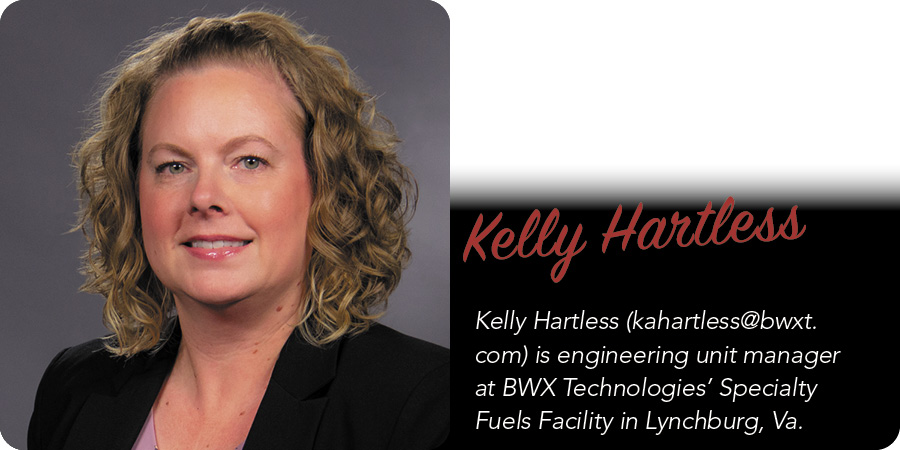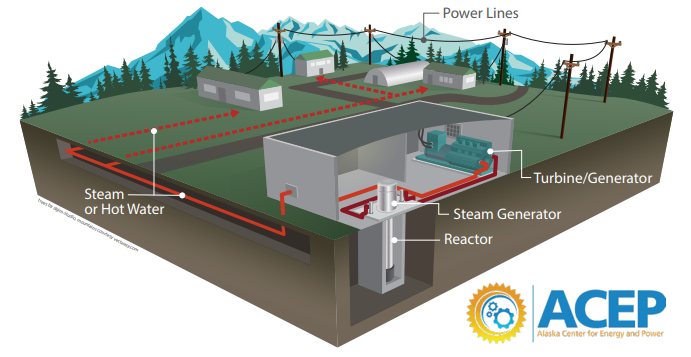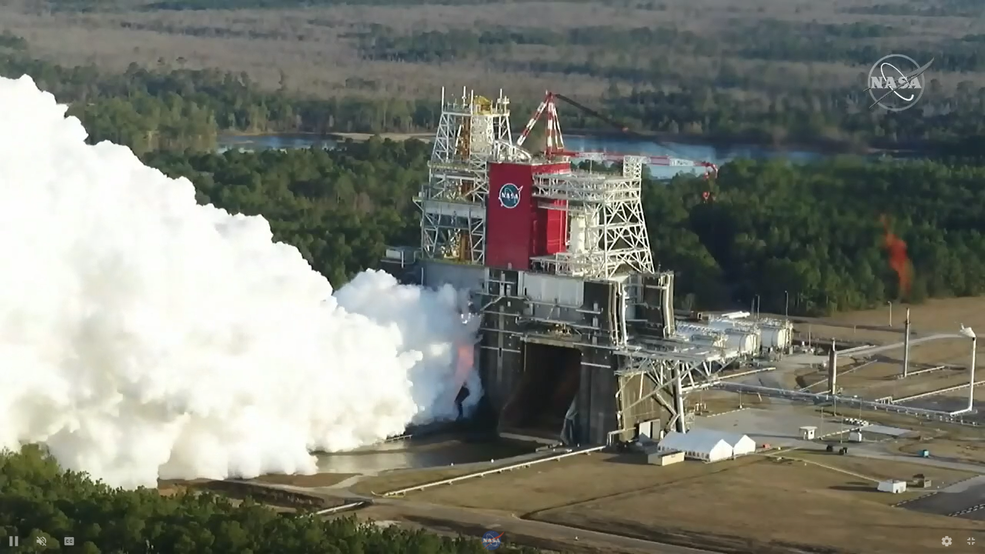This image is described by the Alaska Center for Energy and Power as a conceptual layout of a generic small modular reactor or microreactor. (Image: ACEP)
Alaska Gov. Mike Dunleavy (R.) introduced “An act relating to microreactors” (SB 177) in the Alaska state legislature on February 1 that would modify existing state law on nuclear energy by specifying that microreactors are not subject to certain nuclear reactor siting and permitting regulations in Alaska. The bill defines a microreactor as an advanced nuclear fission reactor that would be capable of generating no more than 50 MWe.
An F-35A Lightning II takes off from Eielson Air Force Base in Alaska on July 1, 2021. (Photo: U.S. Air Force/Airman 1st Class Jose Miguel T. Tamondong)
The Department of the Air Force has selected Eielson Air Force Base as the site of a stationary microreactor that “will provide the installation with a clean, reliable, and resilient nuclear energy supply technology for critical national security infrastructure,” the department announced on October 15.
BWX Technologies, Westinghouse, and X-energy will have two years for design engineering before one mobile reactor could qualify for demonstration.
Three reactor developers got a boost on March 9 when they were each awarded a contract from the U.S. Department of Defense (DOD) to design a reactor that can fit inside a standard shipping container for military deployment. The DOD’s Strategic Capabilities Office (SCO), in partnership with the Department of Energy, proposes to build and demonstrate a 1–10 MWe reactor within four years that, if successful, could be widely deployed to support the DOD’s domestic and operational energy demands.







